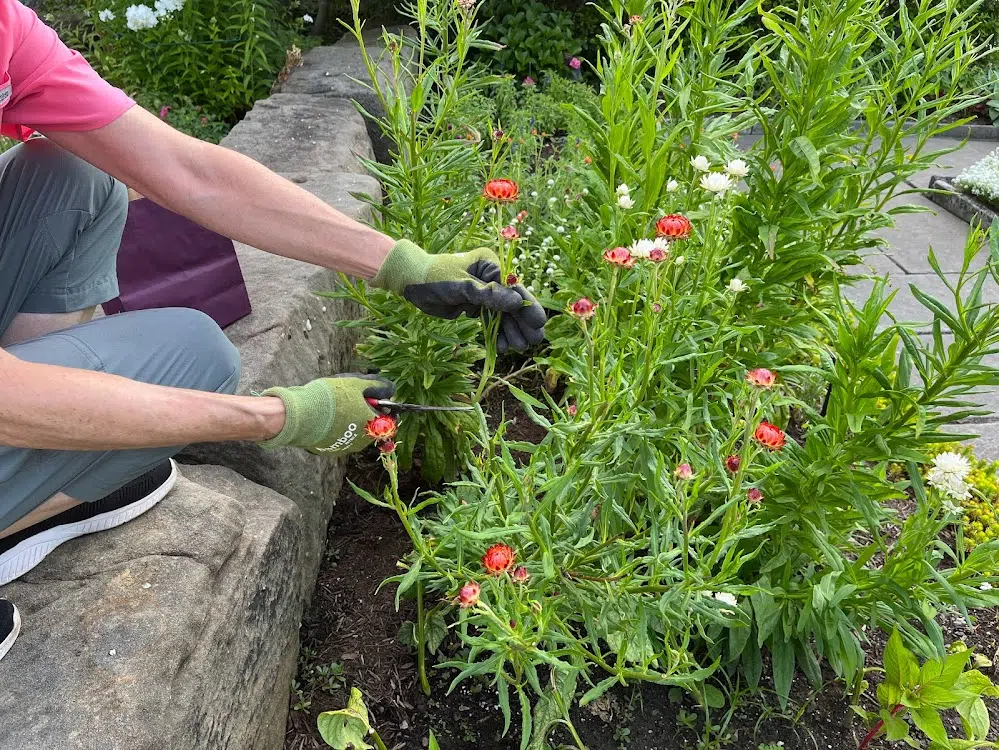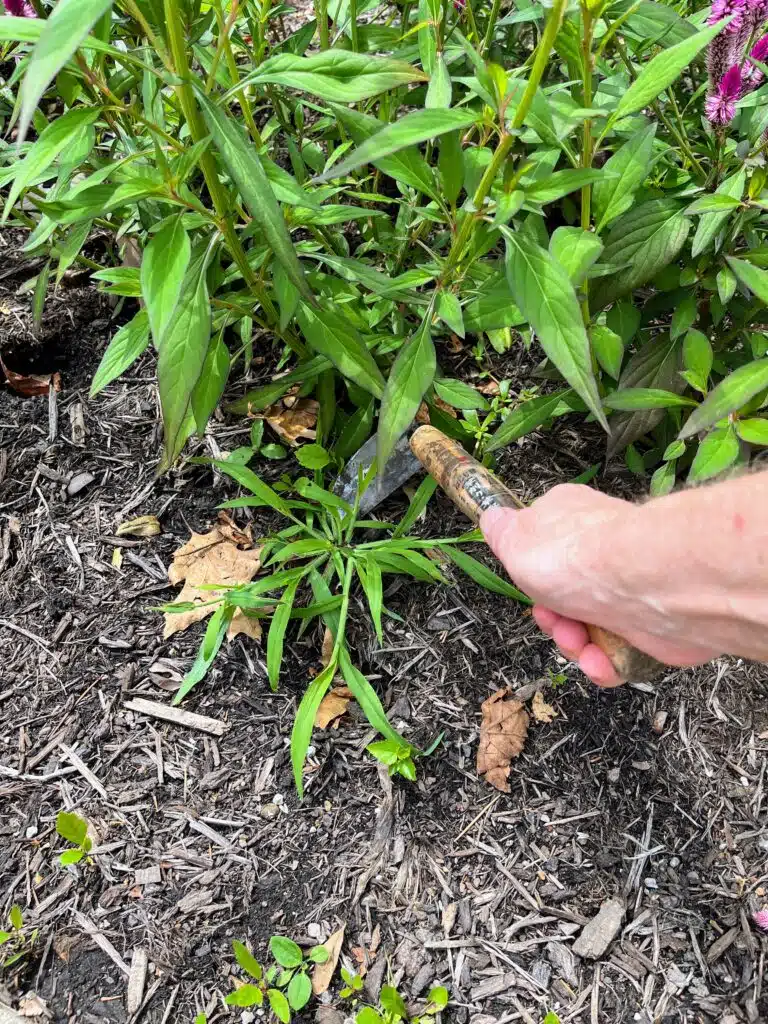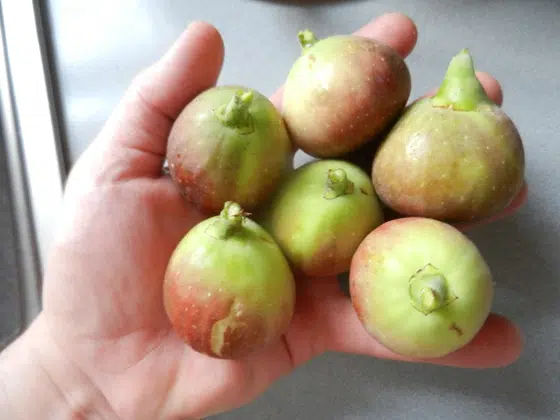
As the scorching days of summer gradually give way to the cooler nights of late summer, gardeners find themselves amidst a pivotal period for garden maintenance. Late summer is a time of transition for our green spaces, as plants begin to prepare for the upcoming autumn and winter months. To ensure that your garden continues to flourish and provides a beautiful display, it is important to implement some late summer garden maintenance.
1. Watering Wisdom
Late summer often brings with it extended periods of hot and dry weather, making watering a top priority. Deep watering is more effective than frequent light watering, as it encourages the plants’ roots to grow deeper, making them more resilient in times of drought. Watering in the early morning or late evening can also help reduce water loss due to evaporation.
Consider using soaker hoses or drip irrigation systems to deliver water directly to the roots while minimizing water waste. This also reduces chances of foliar diseases from wet leaves. Be mindful of the specific water needs of each plant and adjust your watering schedule accordingly.
2. Weeding Woes
Late summer is a time when weeds can quickly take advantage of the warm soil and open spaces in the garden. Keeping up with regular weeding is crucial to prevent these unwanted intruders from stealing valuable nutrients and water from your plants. Hand-pulling weeds or using gardening tools to remove them is an eco-friendly and effective approach. Mulching bare soil areas will aid in reducing weed seed germination as well as protect soil moisture. Avoid using chemical herbicides as they can harm beneficial insects and pollute the environment.


3. Pruning
Pruning is an essential task in late summer, especially for perennial plants that have finished their blooming cycle. Remove faded flowers and deadhead plants to encourage new growth and extend the blooming season. Additionally, if you notice any diseased or damaged branches, promptly remove them to prevent the spread of infections. Pruning also helps maintain the desired shape and size of your plants, ensuring they fit harmoniously into the garden landscape.
4. Fertilize with Care
Providing your plants with the right nutrients is crucial for their health and vitality. Consider using organic fertilizers that release nutrients slowly, promoting steady growth and reducing the risk of over-fertilization. Be attentive to the specific needs of different plants, as some may require additional feeding during late summer to prepare for the coming colder months. Avoid fertilizing drought-stressed plants, as it may exacerbate their condition.
5. Pest Patrol
Late summer is prime time for garden pests to feast on your hard work. Keep a close eye on your plants for any signs of insect infestations and act promptly. Some pests, such as aphids can be removed with a strong spray of water. Other bugs such as Japanese beetles can pushed off into a bowl of soapy water. Try to start with the least aggressive removal methods before reaching for chemical solutions. Regularly inspect your garden for any signs of trouble to nip potential issues in the bud.
6. Divide and Conquer
If your perennials have become overcrowded or have outgrown their space, late summer is an excellent time to divide and transplant them. Dividing perennials not only promotes healthier growth but also allows you to expand your garden and share plants with friends and neighbors. Most perennials will easy divide by partitioning the clump but best to research for your specific plant.
7. Plan for the future
While maintaining your garden during late summer, it’s also a good idea to start planning for the fall season. Research and select suitable fall-flowering plants to add color to your garden during the cooler months. Additionally, consider planting cool-season vegetables and herbs that thrive in autumn conditions. This is also an excellent time to note failures and successes in the garden and note them for your wintertime planning.
Late summer is a critical time for garden maintenance, where small efforts can yield significant rewards. By tending to watering needs, diligent weeding, pruning thoughtfully, and staying vigilant against pests, your garden will remain a vibrant and flourishing oasis. Take advantage of this time to plan for the fall season and the next year. Happy gardening!

Rob Dzurec
Horticulturalist
Dzurec has been with the Cleveland Botanical Garden since 2013 and oversees various gardens including the Gateway garden, East Boulevard garden and Potager garden. Dzurec earned his BS from Miami University and an associate degree in Horticulture from Kent State University.












